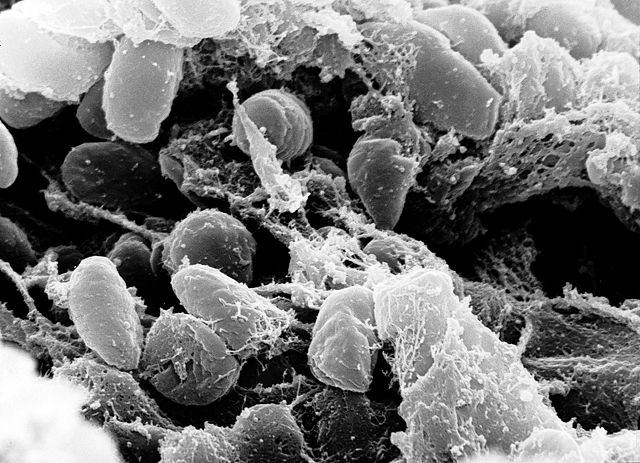Health officials in Colorado have confirmed a human case of the plague, raising significant public health concerns in Pueblo County. The Pueblo Department of Public Health and Environment (PDPHE) announced on Tuesday, June 9, that a local resident had been diagnosed with the plague after a four-day investigation. This marks the first recorded human case of the plague in Pueblo County.
The PDPHE is actively working to identify the source of the infection. According to the Centers for Disease Control and Prevention (CDC), the bacterium Yersinia pestis, which causes the plague, is primarily transmitted through fleas that naturally infect wild rodents. Humans can contract the plague from flea bites or by handling infected animals, with health officials emphasizing the risk of exposure through sick pets, especially cats. Symptoms of the plague include fever, chills, severe headache, muscle aches, nausea, vomiting, general malaise, and swollen, painful lymph nodes.
Historically infamous for causing the Black Death in the 14th century, which killed nearly a third of Europe's population, the plague is now rare and can be effectively treated with antibiotics if diagnosed early. Colorado health officials are currently investigating a suspected case of bubonic plague, a serious bacterial infection that causes painfully swollen lymph nodes, known as buboes, typically found in the groin, armpit, and neck. If untreated, it can progress to septicemic plague, which spreads throughout the body, or pneumonic plague, which infects the lungs.
The CDC estimates that there are about seven human cases of plague in the U.S. each year. In February, Oregon reported a case likely contracted from a sick cat. The plague is primarily transmitted through the bites of infected fleas, which spread it among rodents, pets, and humans. It can also spread through contact with infected bodily fluids or respiratory droplets from a patient with pneumonic plague, the most deadly form, with a nearly 100% fatality rate if untreated, according to Lisa Morici, a microbiologist and immunologist at Tulane University School of Medicine.
Despite its historic reputation, the plague has not been eradicated. In the U.S., most cases occur in rural areas of northern New Mexico, northern Arizona, southern Colorado, California, southern Oregon, and far western Nevada. Globally, the plague is most endemic in the Democratic Republic of the Congo, Madagascar, and Peru. The key to managing the plague today is early treatment with antibiotics. "When treated early with antibiotics, the plague can be cured," said Morici. "The key is to get to a doctor fast - otherwise, the plague can be deadly."
Preventative measures remain crucial. Keeping areas around homes clear of debris that attract rodents, ensuring pets are up-to-date on flea treatments, and using bug spray with DEET when outdoors can reduce the risk of infection. There is a plague vaccine, but it is not available in the U.S. and is only recommended by the World Health Organization for people at high risk of infection, such as laboratory and healthcare workers.
"While the vaccines used in other parts of the world work against bubonic plague, there isn't strong evidence to show they protect against the pneumonic form," Morici noted.
Developing a vaccine trial for the plague presents ethical and logistical challenges. "Because the bubonic form is quite treatable with antibiotics and also quite rare, there's just not a huge market for a plague vaccine at this point in time," Morici added.
The confirmation of a human case of the plague in Pueblo County has prompted a swift response from health officials, highlighting the importance of vigilance in monitoring and preventing such infections. While rare, the plague remains a serious health concern that can be effectively managed with prompt medical intervention and preventative measures. The ongoing investigation and response efforts underscore the need for public awareness and adherence to health guidelines to mitigate the risks associated with this historic yet persistent disease.






